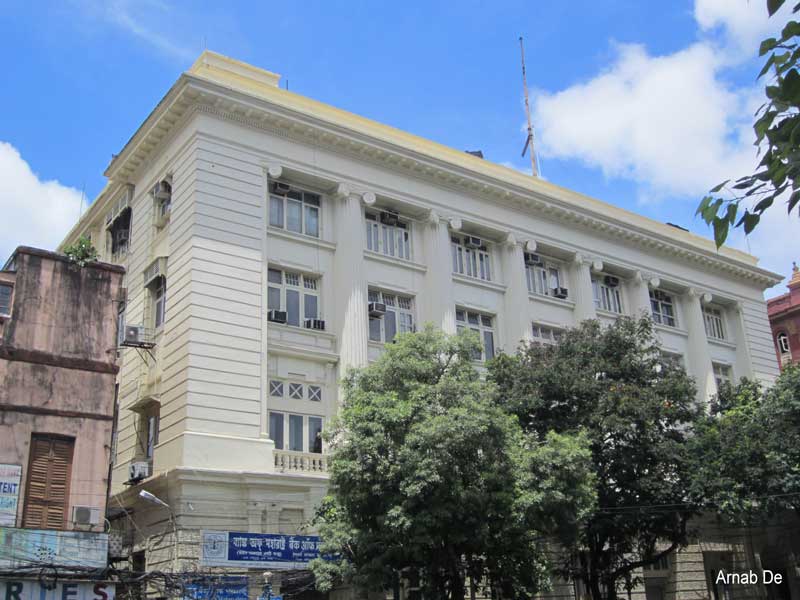
During the early days of the British rule in India, there was a time, when Calcutta was regarded as the main trading centre of the country and as a result, different European companies started to establish their office buildings around the Tank Square (which finally came to be known as the BBD Bag), for its proximity of the River Hooghly and the presence of the core administrative offices of the city. Gradually, the area became the commercial hub of the city. In those days, apart from the English, India had a strong business relationship with the people of Scotland.
Even, during those days, when the British insurance companies were reluctant to cover the British Indians, the Standard Life Assurance Company, based in Scotland, accepted the challenge, started their business in the City of Calcutta and constructed their massive building on the south of the Tank Square in May 1896. Apart from that, many British commercial companies and banks in the city were either founded by or run by the Scotsmen. Examples in support of the matter can be cited without a second thought. To name a few famous of them are, MacLeod & Co, Russell & Co, Shaw, Wallace & Co, Mackintosh & Burn, Mackinnon, Mackenzie & Co, Balmer, Lawrie & Co, Gillanders, Arbuthnot & Co, and James Finlay & Co.

Constructed in 1917, McLeod House was the headquarters of the Scottish-run McLeod & Co, founded in 1887. The aesthetically built simple building is located on the west side of the Tank Square, just at the crossing of Council House Street and Hare Street and next to the magnificent building of Royal Insurance. At the beginning of the twentieth century, the company was one of the largest merchants and agents in the city, dealing in tea, coal, rubber, indigo, light railways and steamer services.
McLeod House is comparatively small and not elaborately ornamented, which is unlike the other famous and enormous neighbouring buildings. However, it proudly exhibits its series of ornamented columns, which support the roof. But, the columns are devoid of any ornamented pediment and the building is neither enriched with any emphatic tower, nor crowned with a glorious dome on its crest. It is not even ornamented with any intricate designs on its walls or façade.
Nevertheless, it must be admitted that, the McLeod House, despite its and simplicity, is well maintained and as in the past, it still continues to be used as an office premises.
